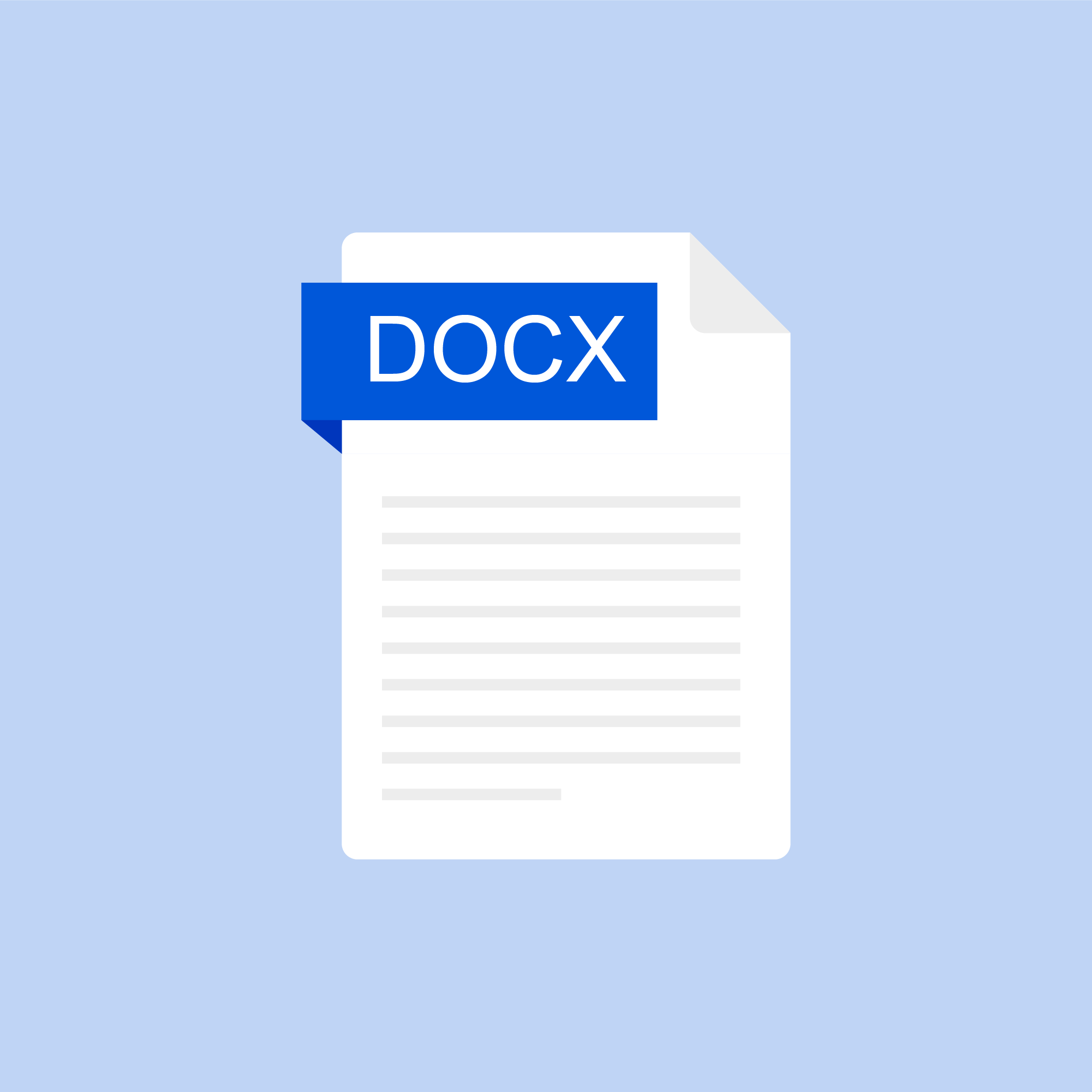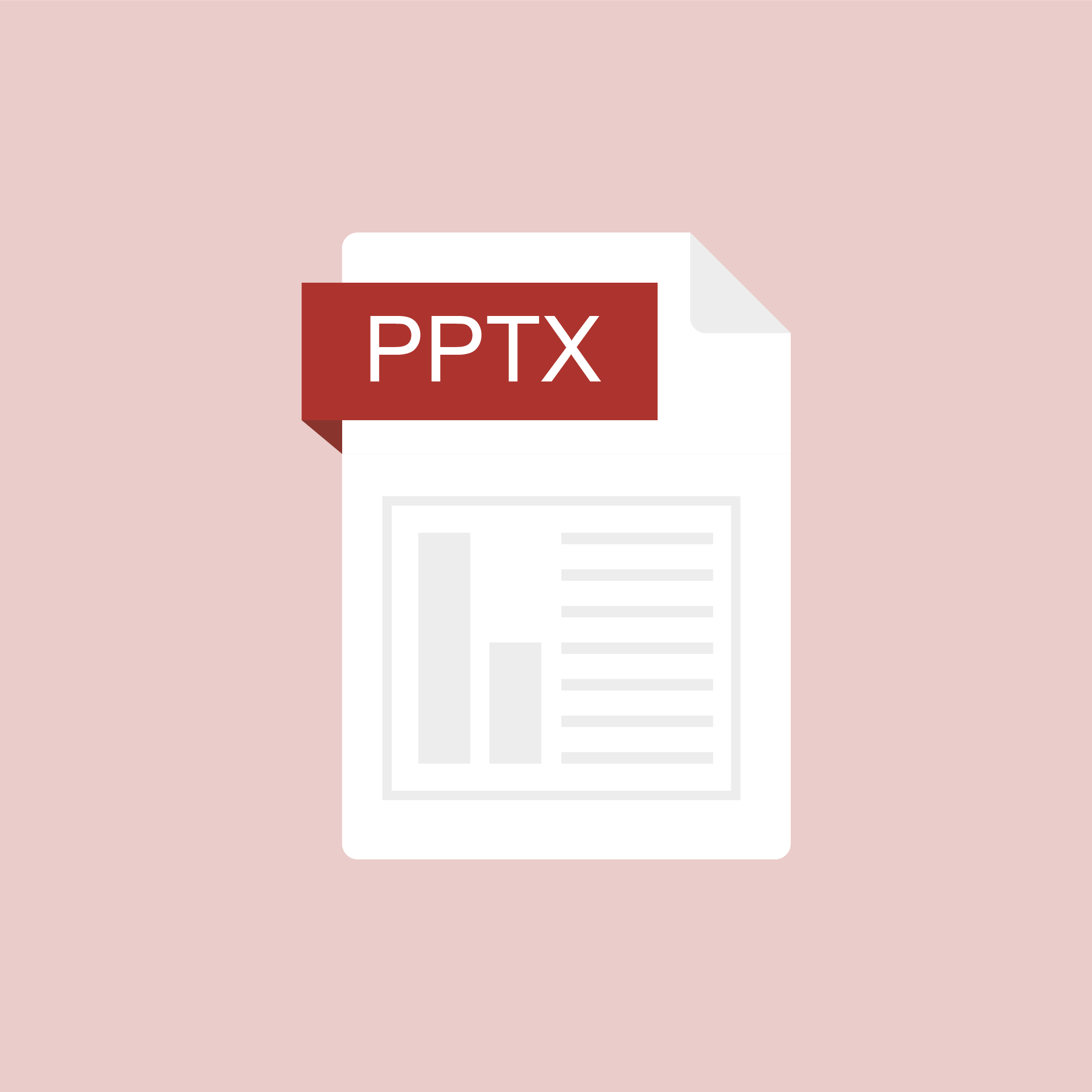Browse
A Retrospective on A Teenager’s Experience Being Diagnosed and Treated for ADHD
students to recognize the conditions that trigger specific behaviors. Once
students to recognize the conditions that trigger specific behaviors. Once thesystem is developed, students can learn to manage their behavioral responsesbefore they occur.
For example, creating a signal and routine for “taking a five minutebreak” at a specified classroom location provides an opportunity for thestudent to recognize when he is becoming restless or frustrated and preventsbehavior from escalating. This system is most effective if used before thebehavior escalates or intensifies.
Choice as Reward: Choice in and of itself appears to be highly reinforcing.Provide choices of activities between assignments or embed choices withinassignments (e.g., choice of materials, readings, response modes, peer partners).Choices also provide students practice in decision making.
thesystem is developed, students can learn to manage their behavioral responsesbefore they occur.
For example, creating a signal and routine for “taking a five minutebreak” at a specified classroom location provides an opportunity for thestudent to recognize when he is becoming restless or frustrated and preventsbehavior from escalating. This system is most effective if used before thebehavior escalates or intensifies.
Choice as Reward: Choice in and of itself appears to be highly reinforcing.Provide choices of activities between assignments or embed choices withinassignments (e.g., choice of materials, readings, response modes, peer partners).Choices also provide students practice in decision making.
By:
Anne Miller vijayalaxmi Santosh Mhetre
Wednesday, Dec 18, 2024
AGRI-FOOD SYSTEMS
+1

Leave a comment
The iterative process is the practice of building, refining, and improving a project, product, or in
The iterative process is the practice of building, refining, and improving a project, product, or initiative. Teams that use the iterative development process create, test, and revise until they’re satisfied with the end result. You can think of an iterative process as a trial-and-error methodology that brings your project closer to its end goal.
By:
Anne Miller vijayalaxmi Santosh Mhetre
Wednesday, Dec 4, 2024
CULTURE AND SOCIETY
Leave a comment
The benefits and challenges of the iterative process
The iterative model isn’t right for every team—or every project. Here are the main pros and cons of the iterative process for your team.
Pros:
Increased efficiency. Because the iterative process embraces trial and error, it can often help you achieve your desired result faster than a non-iterative process.
Increased collaboration. Instead of working from predetermined plans and specs (which also takes a lot of time to create), your team is actively working together.
Increased adaptability. As you learn new things during the implementation and testing phases, you can tweak your iteration to best hit your goals—even if that means doing something you didn’t expect to be doing at the start of the iterative process.
More cost effective. If you need to change the scope of the project, you’ll only have invested the minimum time and effort into the process.
Ability to work in parallel. Unlike other, non-iterative methodologies like the waterfall method, iterations aren’t necessarily dependent on the work that comes before them. Team members can work on several elements of the project in parallel, which can shorten your overall timeline.
Reduced project-level risk. In the iterative process, risks are identified and addressed during each iteration. Instead of solving for large risks at the beginning and end of the project, you’re consistently working to resolve low-level risks.
More reliable user feedback. When you have an iteration that users can interact with or see, they’re able to give you incremental feedback about what works or doesn’t work for them.
Cons:
Increased risk of scope creep. Because of the trial-and-error nature of the iterative process, your project could develop in ways you didn’t expect and exceed your original project scope.
Inflexible planning and requirements. The first step of the iterative process is to define your project requirements. Changing these requirements during the iterative process can break the flow of your work, and cause you to create iterations that don’t serve your project’s purpose.
Vague timelines. Because team members will create, test, and revise iterations until they get to a satisfying solution, the iterative timeline isn’t clearly defined. Additionally, testing for different increments can vary in length, which also impacts the overall iterative process timeline.
By:
Anne Miller vijayalaxmi Santosh Mhetre
Wednesday, Nov 27, 2024
HEALTH AND NUTRITION
+2

Leave a comment
So what is a non-iterative process?
In a non-iterative process, you and your team would work together to come up with a final product without necessarily trying new ideas along the way. Typically, non-iterative processes require more time during the conceptualization and creation phase, so that everything works as intended during the testing phase.
Waterfall is the most common non-iterative process. In the waterfall model, you and your team will define project phases before the project starts. Each phase begins once a previous phase is completed in its entirety. Requirements and resources will typically be locked before a project begins, and the team avoids changing the project plan as much as possible.
For example, imagine you’re working with a design agency to create an ebook. You first need to provide all of the copy for the ebook. Then, the design agency will take that copy and create designs. Finally, your internal team will copyedit the designed ebook to make sure everything looks ok. This is an example of the waterfall model because each phase relies on the previous step (i.e. you can’t copyedit the designed ebook until it’s been designed).
Depending on the team you’re on and the type of projects you run, non-iterative processes can be challenging because they don’t build in time for your team to iterate and continuously improve. Because there are so many unknowns and surprises in engineering, engineering teams in particular tend to use iterative processes instead of non-iterative ones, but any team can benefit.
By:
Anne Miller vijayalaxmi Santosh Mhetre
Wednesday, Oct 23, 2024
HEALTH AND NUTRITION

Leave a comment
Organizational Supports for ADHD Students - ADDED
https://venturit.slack.com/files/U074JF7NYDP/F07T4MKQZ99/screen_recording_2024-10-23_at_15.26.47.mov
By:
Anne Miller vijayalaxmi Santosh Mhetre
Wednesday, Oct 23, 2024
HEALTH AND NUTRITION
+1
No Preview Available
Leave a comment
What is Agile methodology? (A beginner’s guide)
Agile methodology is a project management framework that breaks projects down into several dynamic phases, commonly known as sprints.
The Agile framework is an iterative methodology. After every sprint, teams reflect and look back to see if there was anything that could be improved so they can adjust their strategy for the next sprint.
By:
Anne Miller vijayalaxmi Santosh Mhetre
Wednesday, Oct 23, 2024
AGRI-FOOD SYSTEMS

Leave a comment
Social media and technology offer us greater convenience and connectivity
Social media and technology offer us greater convenience and connectivity:
staying connected with family and friends worldwide via email, text, FaceTime, etc.
quick access to information and research
banking and bill pay at our fingertips
online learning, job skills, content discovery (YouTube)
involvement in civic engagement (fundraising, social awareness, provides a voice)
great marketing tools
opportunities for remote employment
Social media can be a good thing, but if teens ever feel uncomfortable about something they see or read on social, they should trust their own feelings and talk to someone – a parent, a teacher, or another trusted adult. Bullying, threats and cruelty on social media are all signs that the person doing those things needs help.
By:
Anne Miller vijayalaxmi Santosh Mhetre
Tuesday, Oct 1, 2024
CULTURE AND SOCIETY

Leave a comment
Social media usage -- edited
Social media usage -- Edited
Back in 2005, when social media was still in its infancy, only about 5 percent of users in the United States were involved in social media. In 2019, that number grew to about 70 percent.
Pew Research Center surveyed social media usage and popularity among US adults early in 2019. The survey found that while the most-used social platforms for adults are YouTube and Facebook; teens prefer SnapChat and Instagram, while TikTok is reportedly the fastest growing social network among younger users.
Social media use is nearly universal among today’s teens. Pew Research Center reports 97 percent of 13- to 17-year-olds use at least one of seven major online platforms.
The amount of time spent on social sites is astounding. One report indicates the average teen ages 13 to 18 spends about nine hours on social media each day; tweens ages 8 to 12 are on for about six hours a day.
Like most things, using social media has its positives (the good), its cautionary tales (the bad), and dangers (the ugly) that lurk and impact the lives of many, but especially teens.
By:
Anne Miller vijayalaxmi Santosh Mhetre
Tuesday, Oct 1, 2024
CULTURE AND SOCIETY

Leave a comment
Social media usage
Social media usage
Back in 2005, when social media was still in its infancy, only about 5 percent of users in the United States were involved in social media. In 2019, that number grew to about 70 percent.
Pew Research Center surveyed social media usage and popularity among US adults early in 2019. The survey found that while the most-used social platforms for adults are YouTube and Facebook; teens prefer SnapChat and Instagram, while TikTok is reportedly the fastest growing social network among younger users.
Social media use is nearly universal among today’s teens. Pew Research Center reports 97 percent of 13- to 17-year-olds use at least one of seven major online platforms.
The amount of time spent on social sites is astounding. One report indicates the average teen ages 13 to 18 spends about nine hours on social media each day; tweens ages 8 to 12 are on for about six hours a day.
Like most things, using social media has its positives (the good), its cautionary tales (the bad), and dangers (the ugly) that lurk and impact the lives of many, but especially teens.
By:
Anne Miller vijayalaxmi Santosh Mhetre
Tuesday, Oct 1, 2024
CULTURE AND SOCIETY
+1
No Preview Available
Leave a comment
A Retrospective on A Teenager’s Experience Being Diagnosed and Treated for ADHD
In order for a student to be diagnosed with ADHDsymptoms must appear before age 12 and be exhibited across at least two settingsThey must also have adverse effects onacademic performanceoccupation.jpg
By:
Anne Miller vijayalaxmi Santosh Mhetre
Tuesday, Oct 1, 2024
YOUTH EMPOWERMENT

Leave a comment
Students with ADHD
By:
Anne Miller vijayalaxmi Santosh Mhetre
Wednesday, Sep 25, 2024
EDUCATION
No Preview Available
Leave a comment
ADHD and School interventions
By:
Anne Miller vijayalaxmi Santosh Mhetre
Wednesday, Sep 25, 2024
CULTURE AND SOCIETY
+1


Leave a comment